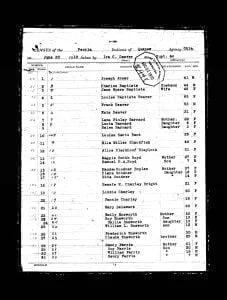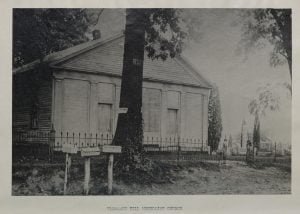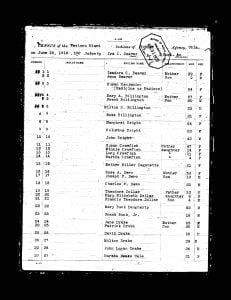1910 Eastern Shawnee Census
Pages of the 1910 Eastern Shawnee Census. Contains table showing the previous roll number, current roll number, Indian name if given, English name if given, Relationship, Age, and Sex. Also contains the original images of the census.











